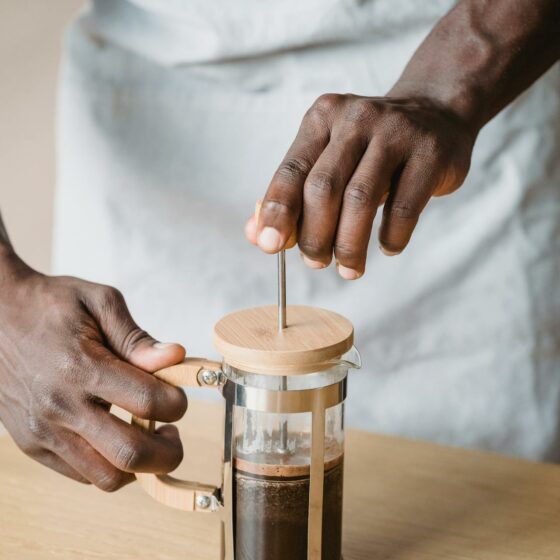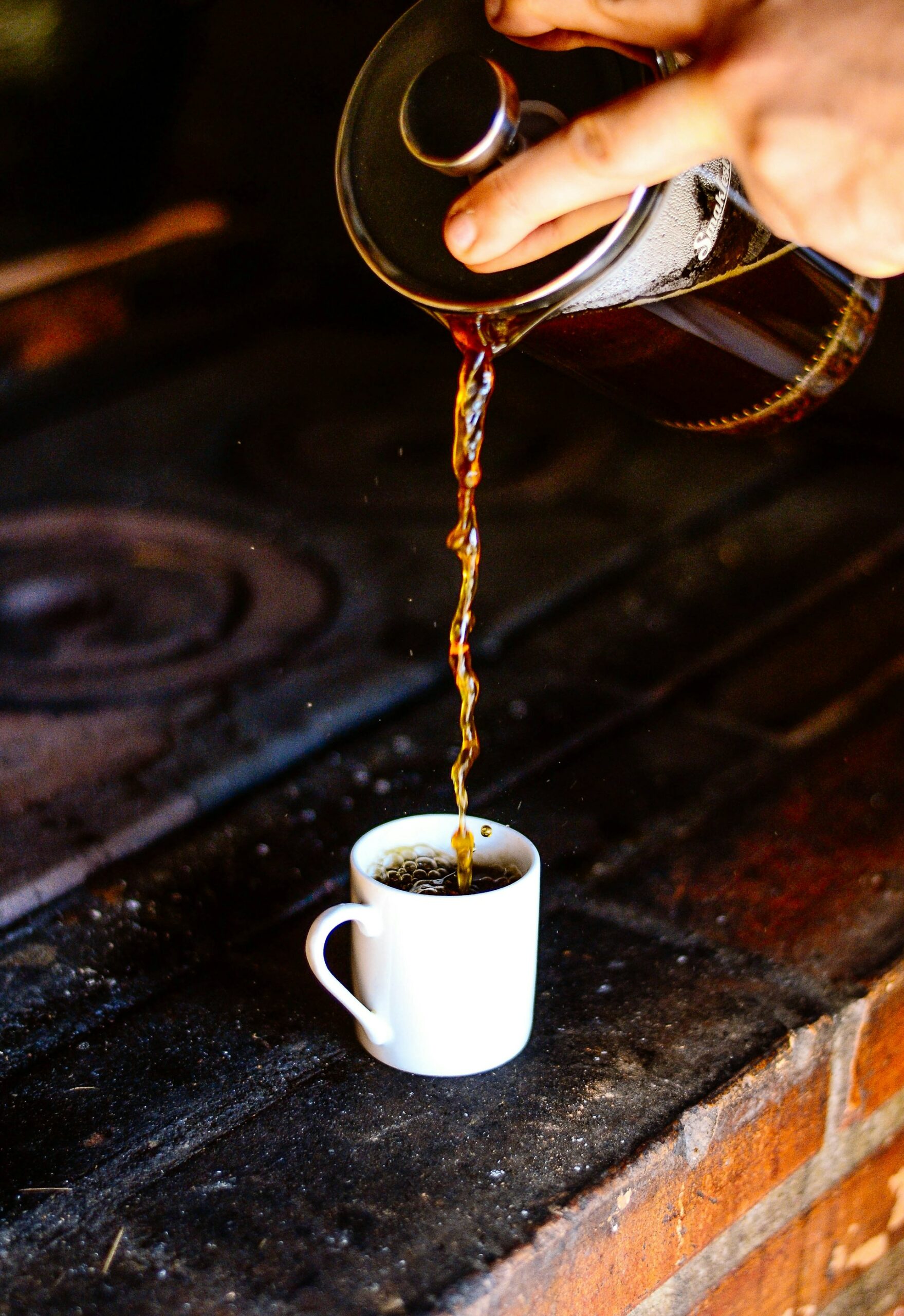How to use a French press: unleashing the full potential of Colombian coffee
A complete guide to brewing Colombian coffee with a French press: unlocking rich flavours and aromas.
Learn how to use a French press and you can enjoy a smooth, aromatic, and flavourful coffee at home. Usually, it demands a little time but it’s worth waiting, and by following this recipe, you will realize it’s worth it. As Colombians, we love to wake up with a good cup of coffee in the mornings to start our day with the best energy. And that’s why today we are here to teach you how to prepare high-quality coffee that will help you start your day in the best way possible.
Why we love this French Press method so much
Three main reasons: easy, practical, and economical.
- Easy: with a French press, you don’t need to be an expert barista to prepare high-quality coffee, with this recipe, you will see that without much science, you can make a coffee that will charm you.
- Practical: Once you have the French press, you can take it anywhere, and you will only need good ground coffee and hot water.
- Economical: There are hundreds of French press models with a variety of prices ranging from 15 euros onwards, but unless you are a professional barista, the difference between the cheapest and the most expensive will not be very noticeable as long as the recipe you follow and the coffee quality are ideal.
What is a French Press
A French press is a device used to make filtered coffee usually made of glass or metal. They come in various sizes, but the most common one will serve you to prepare two cups of coffee. All French presses consist of the same elements: a container, a cross filter, a mesh, a spiral filter, a lid, and a plunger. This information is not really necessary, but I mention it in case you are curious and want to investigate each element more thoroughly. Usually, in elegant restaurants, when you order coffee at the end of the meal, they may bring a French press to your table, and do you know why? Simply because it is much better than a simple coffee maker. Fortunately for you who are reading this, here we are going to teach you how to prepare your coffee at home, you will no longer have to go to a specialty coffee shop or a fancy restaurant to enjoy excellent coffee.
What do you need to prepare your coffee?
As mentioned before, it is such a simple method that the elements you will need are minimal: French press, good-quality coffee, and water.
- French press: Obviously, you will need a French press to prepare this coffee. As I said before, it doesn’t really matter which one you have, this recipe will work very well for you regardless of the size or brand.
- Good-quality coffee: Colombian coffee is perfect for this method because it is smooth, aromatic, and well-balanced. For this recipe, we use our Café Burés. For better extraction, I recommend grinding only the amount of coffee you will use at the time. If you don’t have a grinder, you can buy Café Burés (ground for press) or any other coffee, *but make sure the grind is medium-coarse.
- Water: If you can use mineral water, the result will be even better, but if not, you can use normal water, and the result will still be excellent.
How to prepare your Colombian coffee
This is an easy recipe that you can make without much fuss. We may provide specific details or use words that you don’t understand, but don’t stress, you’ll see in the end that it’s very easy.
- Grind the coffee to a medium-coarse level or buy coffee that’s already ground to a medium-coarse level. This is important because a very fine grind can clog the filters when pressing the press and the coffee can burn.
- Prepare hot water. The ideal temperature for making coffee ranges from 90°C to 92°C, but don’t worry if you don’t have a thermometer. The easiest way to calculate it is by boiling water and letting it sit for one to two minutes (depending on where you are located, but as I said, this doesn’t require much science).
- Pour the coffee into the jar. For this recipe, you’ll need 20g of already ground coffee. If you don’t have a scale, simply use a large spoon to measure. Usually, large spoons can hold about 10g, so calculate… exactly! Now pour two not very full ones.
- It’s time to add the hot water. Here, we use 300ml of water. And again, if you don’t have a way to measure the water, don’t worry, we’re here to make your life easier. You can use a medium-sized cup (not a mug) and serve two cups of water. Finally, the recipe is for two cups of coffee. Or you can simply add water up to the ring where the handle begins (if you have one).
- This is probably the most important step of the whole process, and its waiting. Once the water is added, you have to let the coffee sit, letting all the science and chemistry behind it do its job. Four minutes will be more than enough for the hot water to do its job and extract all the flavour from the coffee.
- Before covering the jar and starting to filter, gently stir the coffee (ideally with something plastic or wood to avoid damaging the glass of the press).
- We’re ready, put the lid on and start lowering the plunger gently to the bottom, serve and enjoy immediately! The coffee will be at the perfect temperature and all its flavour will be present.
- Enjoy and repeat the next day.
Technical details (for the curious)
- Water/coffee ratio: one cup of water per tablespoon of ground coffee (coarse) or 150ml/10g
- Water temperature: For most coffee preparations, the ideal water temperature ranges from 90-92°C.
- Extraction time: The time you let the coffee sit depends on your taste, the longer it sits, the stronger the coffee will be. 4 minutes is a standard time, but in the end, the recommendation will always be to experiment and see how long is ideal for your taste.


